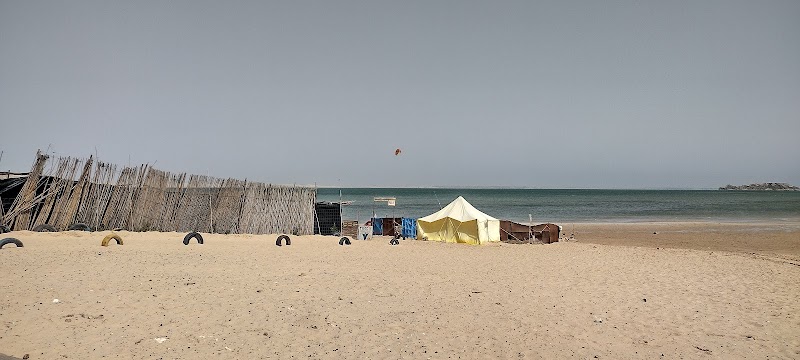
Dakhla National Park Adventures
Dakhla National Park is a coastal protected area known for its unique desert and marine ecosystems, offering opportunities for wildlife viewing, water sports, and exploring Saharan landscapes.
About Dakhla National Park

Dakhla National Park is located on a narrow peninsula in the Western Sahara region, bordering the Atlantic Ocean. The park preserves a remarkable mix of Saharan desert, coastal dunes, and marine habitats, making it a vital area for biodiversity in an otherwise arid region. The park's geography includes expansive sandy shores, salt flats, and lagoons that serve as important stopover points for migratory birds. Dakhla Bay is a critical habitat for some endangered and rare species, including various marine mammals and seabirds. The park features strong winds and consistent waves, making it a world-renowned destination for kitesurfing and windsurfing, drawing adventure seekers and water sports enthusiasts from around the globe. Visitors can also explore the surrounding desert landscapes on foot or by 4WD vehicles, witnessing the raw beauty of Saharan deserts combined with coastal influences. Historically, the area has been inhabited by nomadic peoples, and the region retains cultural significance tied to Berber and Sahrawi traditions. While facilities are basic compared to many national parks worldwide, the remote location adds to the park's appeal for those seeking solitude and natural beauty. Key recreation opportunities include birdwatching, marine wildlife spotting, kite and windsurfing, and desert trekking. The park's visitor appeal lies in its pristine blend of ocean and desert environments, striking landscapes, and year-round outdoor activity potential.
Highlights
Dakhla Lagoon – A prime location for birdwatching and marine life observation
Vast desert dunes that rise sharply alongside the Atlantic coastline
World-class kiteboarding and windsurfing conditions due to steady trade winds
Remote beaches ideal for solitude and photography
Notable Natural Features
Dakhla Bay
A protected marine area supporting diverse seabird populations and marine mammals, crucial for migratory species.
Saharan Coastal Dunes
Massive sand dunes that provide striking desert landscapes meeting the ocean's edge.
Traditional Sahrawi Culture
Local communities maintain nomadic traditions and crafts reflective of the region's heritage.
